21 April 1778 Tuesday
Vases, Candelabra, Grave Stones, Sarcophagi. Tripods, Lamps and Ancient Ornaments volume II
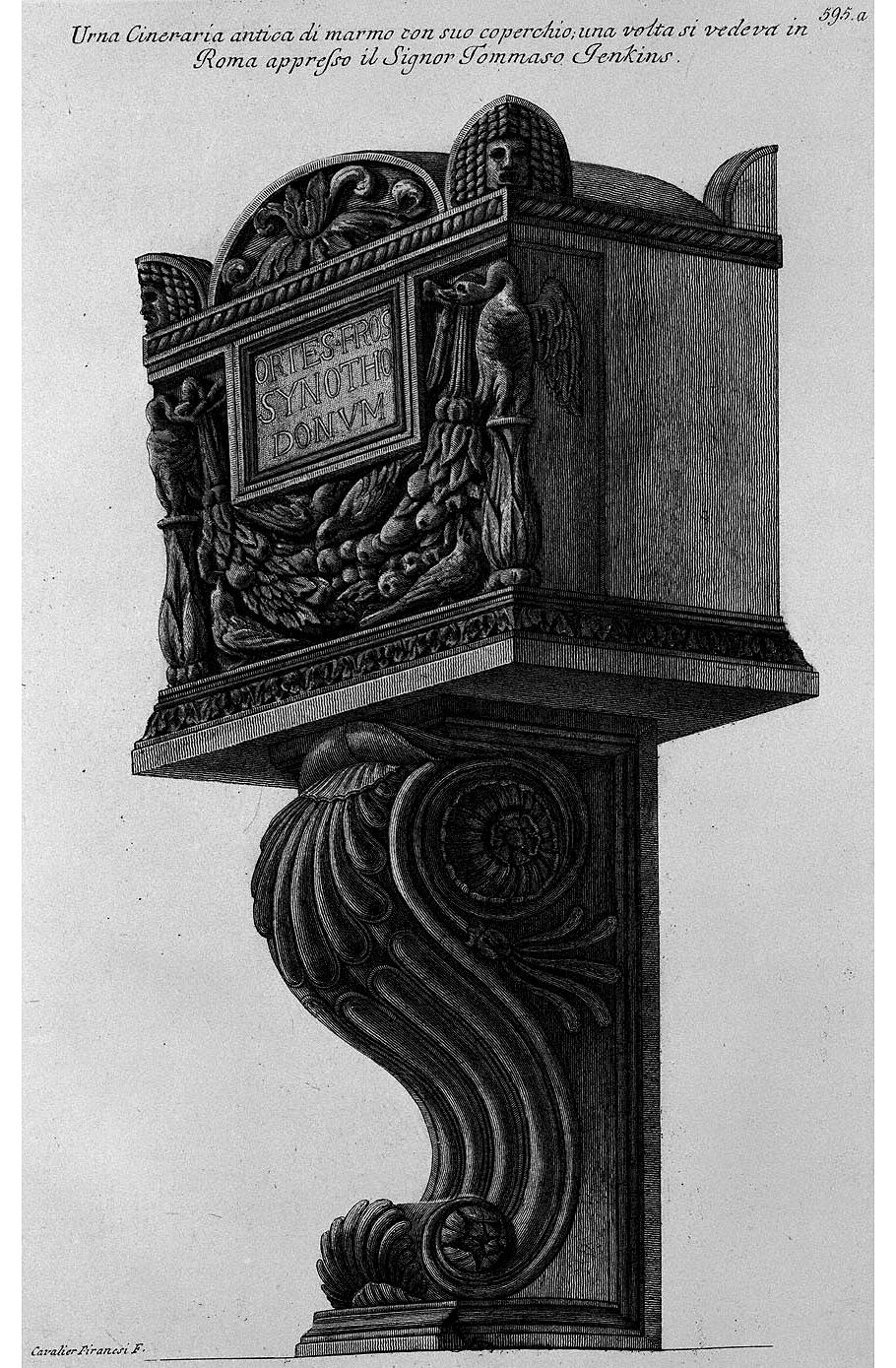
Ancient marble cinerary urn with its lid; Signor Tommaso Jenkins was once to be seen in Rome.
Cavalier Piranesi F.
23-24 y.o. Francesco Piranesi 1782
Collezione delle piu belle statue di Roma
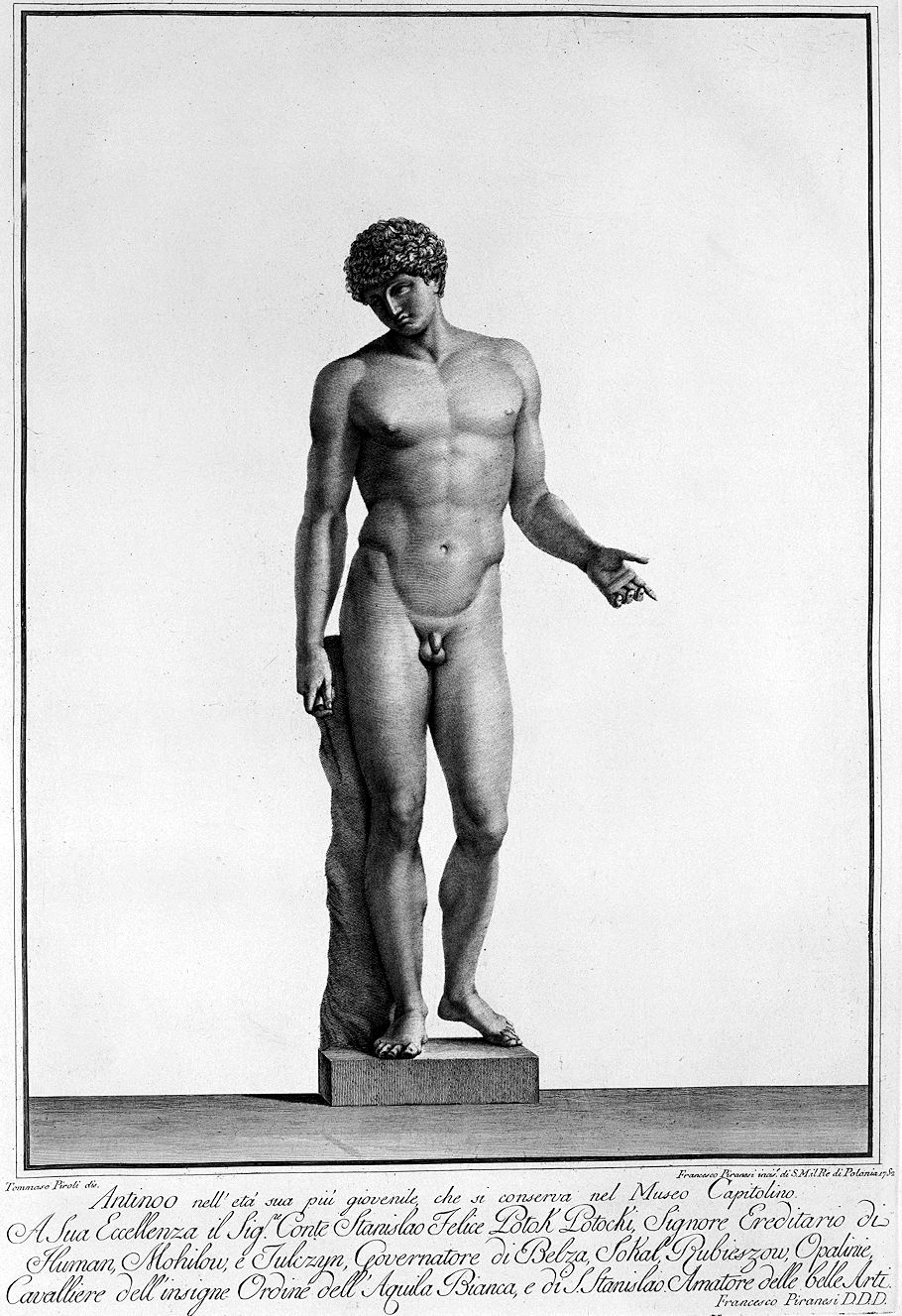
Antinous in his youth, which is kept in the Capitoline Museum.
To His Excellency Count Stanislaus Felix Lotok Lotochi, Hereditary Lord of Tluman, Alohilow, and Tulczyn, Governor of Belza, Sokal, Rubieszow, Opalinie, Knight of the Distinguished Order of the White Eagle, and of St Stanislan the Lover of fine Arts.
Francesco Piranesi D.D.D.
Tommaso Piroli drawn Francesco Piranesi engraved for His Majesty the King of Poland 1782.
21 April 1812 Tuesday

Morning clear, wind Werly. Temperature 48° rose to 60°. Attended Meeting twice, dines at SL's, took tea at SW Fisher's and after spent an hour at T Winter's[?].
21 April 1997
me @ SAH
I went to Baltimore on Friday to meet Susan Peik (Friends of Schinkel) and Rand Carter (Schinkel scholar, Hamilton College). I got on well with Rand, but Susan is a ...! Anyway, while I was sitting by myself in the hotel lobby after some afternoon sightseeing, a man and woman from the conference sat down next to me to discuss something. I looked at his name tag and it was John Pinto. When they finished I quickly introduced myself to John, got his e-mail address, and told him there was some Campo Marzio material on a web site I had created.
I intend to e-mail him once I have completed more work on the Fasolo article pages that I am currently working on.
21 April 1999
your book
Btw, today, 21 April, is Rome's birthday, and it just so happens that Piranesi's "reenactment" of the founding of Rome in the Campo Mario also relates to the Helena as master Christian architect story. I'm busy trying to put all these pieces together for web upload later today or early tomorrow, so check for updates at tsPOWa soon.
21 April 1999 (Rome's birthday)
The path that ultimately lead me to Helena began with my learning about a deliberate connection between Piranesi's Ichnographia Campus Martius and Saint Agnes of Rome. According to ancient tradition, the first "structure" within the Campus Martius was an altar erected by Romulus in honor of his father Mars. Piranesi situates the Ara Martis within the generally accepted location of the original altar, that is, within the area between the present day Piazza Navona and the Tiber to the west. In Piranesi's plan, the altar of Mars is within a circular pool in front of a Temple of Mars and is furthermore surrounded by an extensively curvilinear porticus. Additionally, the Domus Alexandri Severus (1) flanked by two Sessorium (2) is to the west.
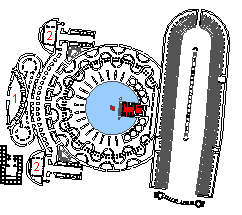 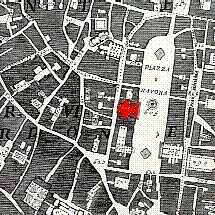
Investigating the meaning of Piranesi's Ara Martis layout, I looked to Nolli's 1748 Plan of Rome for a possible connection. I chose this approach because I had already learned that Piranesi indeed sometimes cleverly disguised links between his Ichnographia and Nolli's plan. The only potential tie between the two maps at the Ara Martis juncture is the coinciding position of the Templum Martis and the baroque church of St. Agnes on the Piazza Navona. At this point it became necessary for me to investigate the story of Saint Agnes.
Saint Agnes died in Rome circa 249 as a thirteen year old virgin and martyr. "Her riches and beauty excited the young noblemen of the first families of Rome to contend as rivals for her hand. Agnes answered them all that she had consecrated her virginity to a heavenly husband, who could not be beheld by mortal eyes. Her suitors, finding her resolution unshakable, accused her to the governor as a Christian, not doubting that threats and torments would prove more effective with one of her tender years on whom allurements could make no impression."1 As a form of torture, Agnes was sent to a brothel where her vow of virginity would be threatened and almost certainly eradicated. According to the legend, however, an angel protected Agnes while she was in the brothel, and subsequently Agnes was put to death. The traditional location of the brothel of Agnes' torture is the site of St. Agnes on the Piazza Navona. Moreover, the subsequent execution of Agnes sent shockwaves throughout both pagan and Christian Rome because the worst possible thing any Roman could do was to kill a virgin. Suddenly, and ironically, the Roman persecution of Christians took on the guise of a pagan moral dilemma.
The martyrdom of Agnes signifies a pivotal point of pagan-Christian inversion, and this inversion is precisely what Piranesi delineates within the complex of the Ara Martis. First, the co-positioning of the Templum Martis and the church of St. Agnes represents the origin of Rome itself when Mars raped the Vestal Virgin Rhea, who subsequently became mother to Romulus and Remus. Second, the emperor Alexander Severus is known for having been very interested and sympathetic towards Christianity, to the point where he seriously considered proclaiming Jesus as one of the official Roman gods as well as carving the (inverting) words "do unto others as you would have them do unto you" over the door of his house. Third, Sessorium is a direct reference to the Palatium Sessorianum, the imperial estate that became Helena's residence in Rome after 312, and soon thereafter the church of Santa Croce in Gerusalemme. It seems quite evident that Piranesi was well aware of early Christian history, including its architectural history.
Personally, I wonder whether Piranesi recognized Helena as an architect as well.
1 Herbert Thurston, S.J. and Donald Attwater, editors, "St Agnes" in Butler's Lives of the Saints (New York: P.J. Kenedy & Sons, 1956), v. 1, pp. 133-4.
Hypothesis
"For without delay she dedicated two churches to the God whom she adored, one at the grotto which had been the scene of the Saviour's birth; the other on the mount of his ascension. For he who was "God with us" had submitted to be born even in a cave of the earth, and the place of his nativity was called Bethlehem by the Hebrews. Accordingly the pious empress honored with rare memorials the scene of her travail who bore this heavenly child, and beautified the sacred cave with all possible splendor. The emperor himself soon after testified his reverence for the spot by princely offerings, and added to his mother's magnificence by costly presents of silver and gold, and embroidered hangings. And farther, the mother of the emperor raised a stately structure on the Mount of Olives also, in memory of his ascent to heaven who is the Saviour of mankind, erecting a sacred church and temple on the very summit of the mount. And indeed authentic history informs us that in this very cave the Saviour imparted his secret revelations to his disciples. And here also the emperor testified his reverence for the King of kings, by diverse and costly offerings. Thus did Helena Augusta, the pious mother of a pious emperor, erect over the two mystic caverns these two noble and beautiful monuments of devotion, worthy of everlasting remembrance, to the honor of God her Saviour, and as proofs of her holy zeal, receiving from her son the aid of his imperial power."
These words come from the third book of the Vita Constantini, the life of Constantine written shortly after Constantine's death by Eusebius, the bishop of Caesarea. Helena made her holy and imperial "pilgrimage" to Palestine and the eastern provinces between the years 326 and 328, and Eusebius is the only contemporary author to record her journey. Of course, Eusebius does not name Helena as architect of the Nativity and Ascension churches, but his text nonetheless links Helena directly with the erection of these two buildings. Moreover, the two holy sites chosen by Helena, that where Christ came into this world and that where Christ left this world, signify a well designed intention.
Even without naming Helena as architect, the testimony of Eusebius is powerfully valuable for its rare attribution of monumental building construction to a woman.
21 April 2017
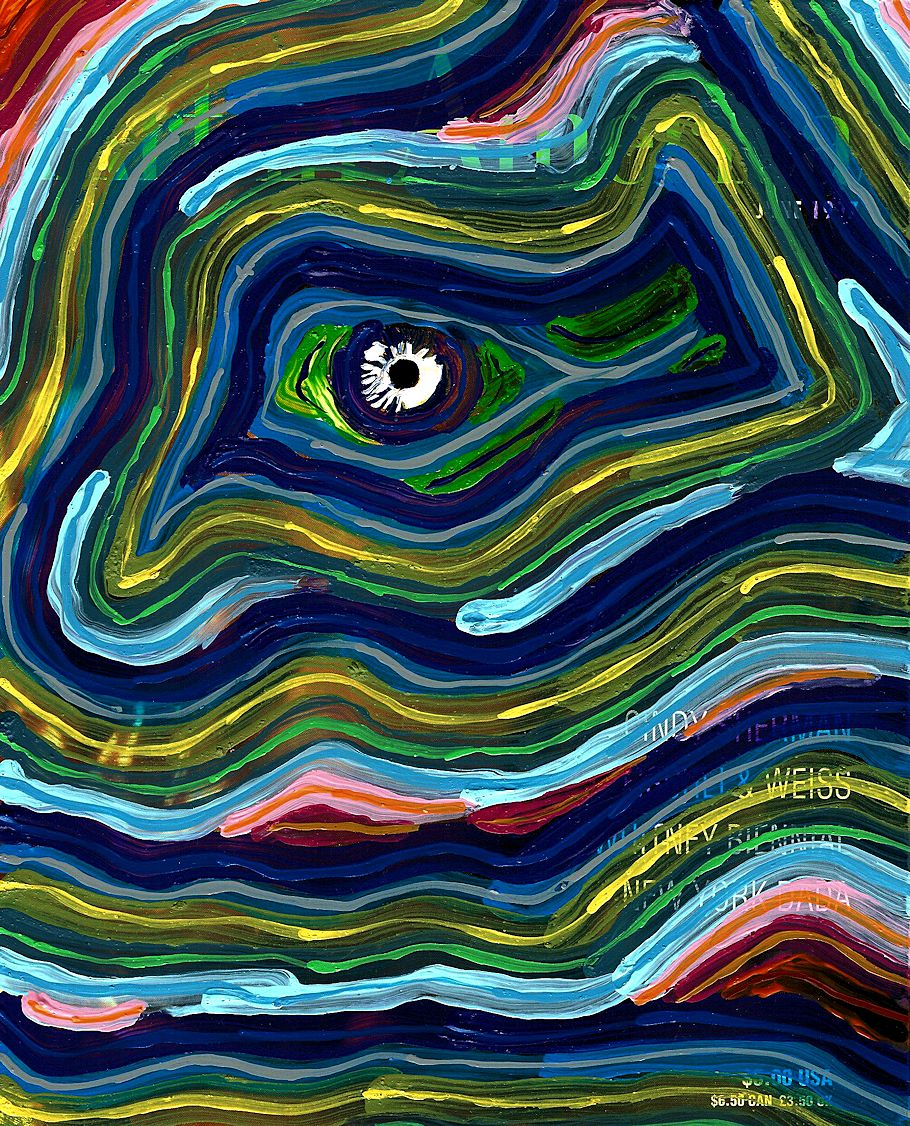
zero two eight
21 April 2023 Friday
11:23 AK
Someone emailed me looking for you, lol. I hope all is well!
11:32 SL
Hi Andrew, things are going along but there's always plenty of ughs. If you want you can give me Yura's email and I can contact them if I want. Hope all is well with you too.
|